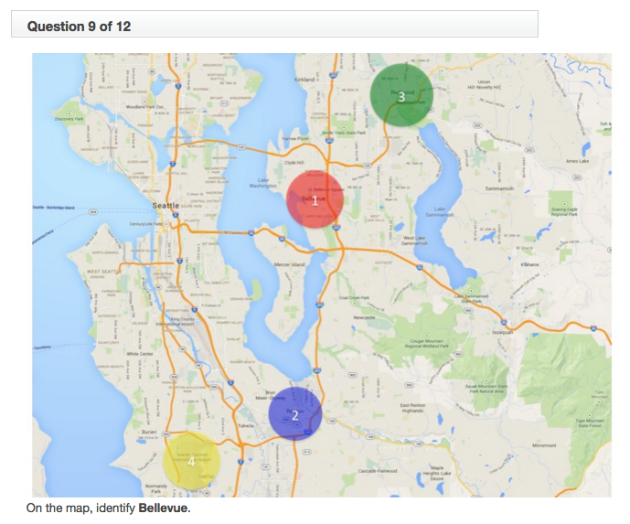
Though Uber and Lyft drivers have the help of GPS-enabled navigation technology via their smartphones, it doesn’t keep them from getting lost on the roads.
This problem is something I’ve noticed with Uber and Lyft drivers over the past several months. It also seems to be an issue with other frustrated customers — not knowing how to navigate city streets unnecessarily increases the total trip time and fare payments.
My uber driver has gotten lost three times. Good thing I speak the universal language of college football to kill some time
— Leslie Micek (@lesmicek) December 7, 2015
I'm excited to see the post-ride map of my horribly lost and inexperienced Uber driver, will be hilarious
— HelloCocktails (@HelloCocktails) December 5, 2015
lyft driver has taken 3 wrong turns and now goes to wrong terminal. Will now cause me to miss flight.
— Ryan Mac (@RMac18) December 6, 2015
In Seattle, regulations that went into effect earlier this year require Uber, Lyft, and any other “transportation network company” to test its drivers on “knowledge of the geography of Seattle, King County and surrounding areas, and knowledge of local public and tourist destinations and attractions.”
Uber’s test consists of 12 questions that assess one’s basic knowledge of Seattle neighborhoods, as well as general rules for drivers in Seattle. Here are the questions:







Other questions from Uber’s test:
- Which major freeway takes you from Redmond to Seattle? (Answer: SR-520)
- True or False: I can drive for as many consecutive hours as I want. (Answer: False)
- True or False: I can accept cash as payment for fare (Answer: False)
- True or False: I can pick up passengers in a taxi zone (Answer: False)
- While active on a TNC dispatch system, I can only drive a TNC endorsed vehicle (Answer: True)
As for Lyft, a company spokesperson confirmed that it requires drivers to take a similar city knowledge test. The company, which has doubled the number of active drivers on its platform in Seattle during the past year and is cutting rider fares by 30 percent on weekdays this month, added that its drivers also take a defensive driver online course.

As I noted above, even with the aid of an app like Google Maps, the lack of navigation know-how can be problematic for customers who rely on services like Uber and Lyft to get around.
This also seems to be an issue that’s become more pressing as of late because of how many new and inexperienced drivers now work for Uber and Lyft. David Plouffe, the former Obama advisor and current strategic policy advisor for Uber, spoke in Seattle last week and repeated how more and more drivers are using Uber’s platform as a way to supplement their income or as a financial “bridge” while they look for more permanent work, rather than a full-time job.
In fact, Uber said today that 67 percent of its drivers “never earned income from driving before partnering with Uber,” which is up from 51 percent one year ago. A majority of the company’s drivers work 10 hours or less per week.
“Every month, the number of hours that Uber drivers drive is going down,” Plouffe said.
Uber, which has 10,000 active drivers in Seattle (up about 5X from last year), knows that some of its drivers may not have a city’s map memorized. This summer, it even created a mobile game called UberDRIVE to help its San Francisco-based drivers increase their knowledge of efficient routes and different landmarks around town.
But a mobile app may not be enough if the company wants to see fewer navigation-related complaints from customers as its ridership continues to grow.
Traditionally, taxi drivers have been required to take extensive geography tests, like “The Knowledge” exam that cabbies in London spend years preparing for. However, the New York Times noted earlier this year that some taxi commissions are eliminating geography-related questions as more and more drivers rely on GPS technology.


